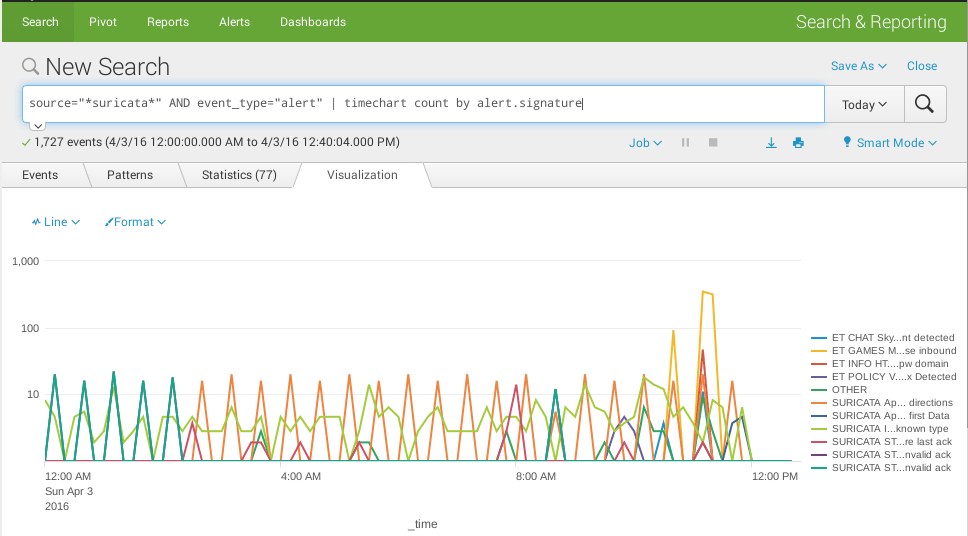

At this point, the entire regex has matched, and q is returned as the match. Because the lookahead is negative, this means that the lookahead has successfully matched at the current position. The engine notes that the regex inside the lookahead failed. This does not match the void after the string. The engine takes note that it is inside a lookahead construct now, and begins matching the regex inside the lookahead. The position in the string is now the void after the string.

As we already know, this causes the engine to traverse the string until the q in the string is matched. The first token in the regex is the literal q. Regex Engine Internalsįirst, let’s see how the engine applies q (?! u ) to the string Iraq. The other way around will not work, because the lookahead will already have discarded the regex match by the time the capturing group is to store its match. If you want to store the match of the regex inside a lookahead, you have to put capturing parentheses around the regex inside the lookahead, like this: (?= ( regex ) ). It is not included in the count towards numbering the backreferences. (The only exception is Tcl, which treats all groups inside lookahead as non-capturing.) The lookahead itself is not a capturing group. If it contains capturing groups then those groups will capture as normal and backreferences to them will work normally, even outside the lookahead. Any valid regular expression can be used inside the lookahead. You can use any regular expression inside the lookahead (but not lookbehind, as explained below). The positive lookahead construct is a pair of parentheses, with the opening parenthesis followed by a question mark and an equals sign. q (?= u ) matches a q that is followed by a u, without making the u part of the match. Inside the lookahead, we have the trivial regex u. The negative lookahead construct is the pair of parentheses, with the opening parenthesis followed by a question mark and an exclamation point.

Negative lookahead provides the solution: q (?! u ). When explaining character classes, this tutorial explained why you cannot use a negated character class to match a q not followed by a u. Negative lookahead is indispensable if you want to match something not followed by something else. Lookaround allows you to create regular expressions that are impossible to create without them, or that would get very longwinded without them. They do not consume characters in the string, but only assert whether a match is possible or not. That is why they are called “assertions”. The difference is that lookaround actually matches characters, but then gives up the match, returning only the result: match or no match. Lookahead and lookbehind, collectively called “lookaround”, are zero-length assertions just like the start and end of line, and start and end of word anchors explained earlier in this tutorial. Lookahead and Lookbehind Zero-Length Assertions At last we are getting only those events where given search string( ABHAY) is in Upper-Case. We have used “?” sign for perfect matching. With the help of regex command we can perfectly match the search string ( ABHAY) which is in Upper-Case. In the above query test is the index name and sourcetype name is testlog. Below we have given the queries :įind a search string which is in Upper-Case index=”test” sourcetype=”testlog” | regex “(?=ABHAY)” Here by the search command we are getting only those events where given search string( abhay) is in Lower-Case. We have used CASE function with search command to make the search string case sensitive. Here by the search command we are getting only those events where given search string( ABHAY) is in Upper-Case. Below we have given the queries :įind a search string which is in Upper-Case index=”test” sourcetype=”testlog” | search CASE(ABHAY) There are two ways by which you can make search string case sensitive :īy the search command in Splunk you can easily make a search string case sensitive.
Splunk search with regex how to#
In this post we are going to share how to make search string case sensitive in Splunk. How to Make Search String Case Sensitive in Splunk


 0 kommentar(er)
0 kommentar(er)
